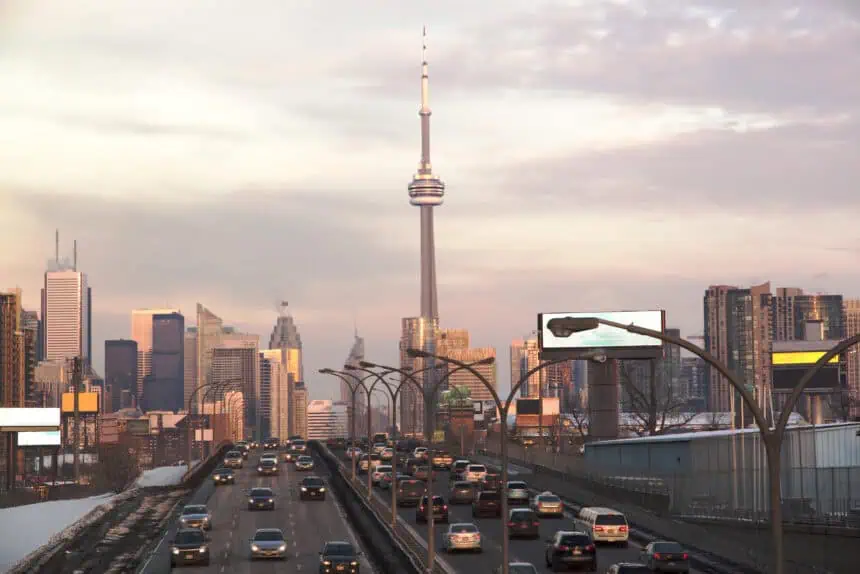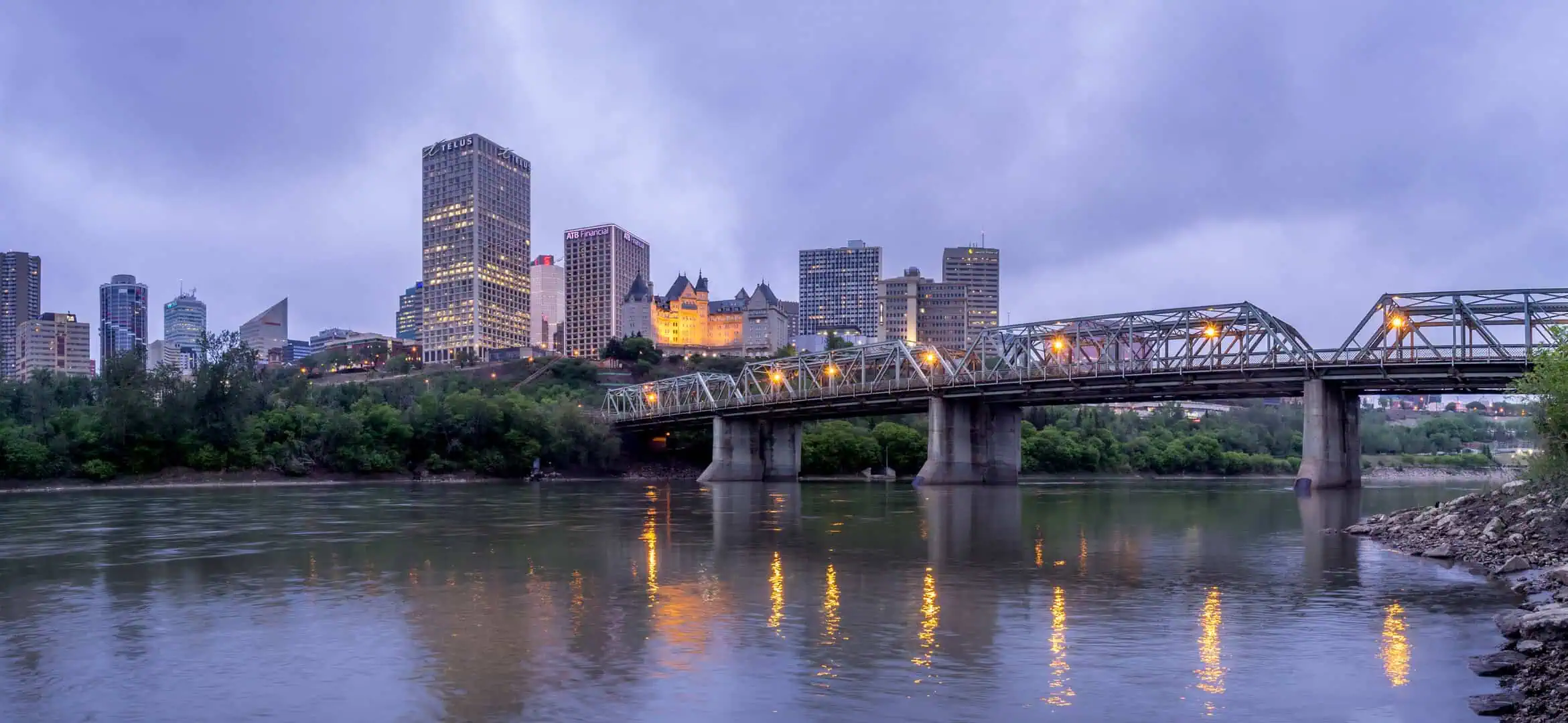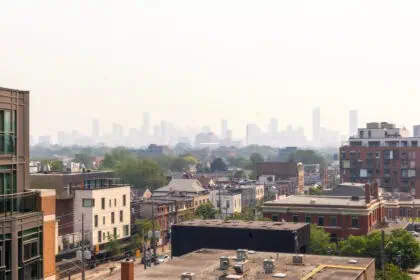Air quality in Toronto remains poor, but shows signs of improvement
TORONTO – As of Monday afternoon, Environment Canada has officially lifted the air quality warning for Toronto, replacing it with a special air quality statement. Despite this downgrade, air pollution levels remain among the worst in the world, largely due to wildfire smoke originating from northern Ontario.
On Sunday night, a significant air quality alert was issued as thick smoke from active forest fires moved southward into the Greater Toronto Area, triggering a sudden deterioration in air conditions. As of 16:00 (4:00 p.m.) local time, the Air Quality Health Index (AQHI) for Toronto registered a level 8, categorised as high risk. However, meteorologists forecast an improvement to moderate risk (AQHI 6) by Monday night.
Despite this expected relief, the special statement continues to emphasize serious health concerns for certain groups. Older adults (65+), pregnant individuals, infants, young children, people with chronic conditions, and those working outdoors are urged to avoid intense physical activity and to seek medical care if experiencing symptoms linked to wildfire smoke exposure.
Earlier in the day on Monday, Toronto was listed as having the second-worst air quality globally, according to IQAir, a global air quality monitoring platform based in Switzerland.
At the same time, a heat warning remains in effect for Southern Ontario, with sweltering conditions expected to continue through the week. For Tuesday, a daytime high of 32 °C (90 °F) is anticipated, with humidex values pushing it to a feels-like temperature of 37 °C (99 °F).
Environment Canada warns that hot and humid conditions will likely persist through Thursday evening, before a weather pattern shift brings a potential end to the prolonged heat wave. Until then, humidex levels are forecast to stay between 35 and 40, with overnight lows in the 19–23 °C (66–73 °F) range—offering little overnight relief from the intense heat.
The national weather service stresses that extreme heat can affect everyone, and recommends monitoring older adults, those living alone, and at-risk individuals for early signs of heat exhaustion.










